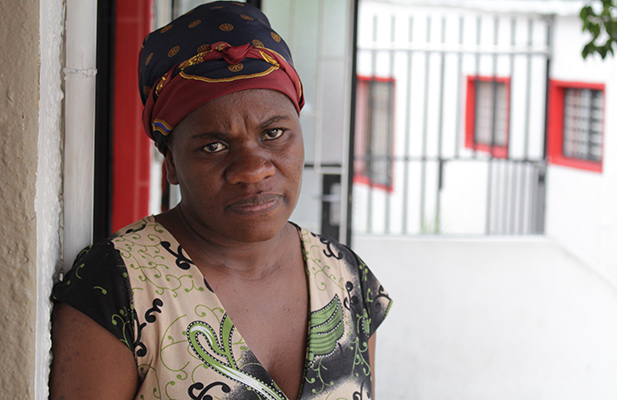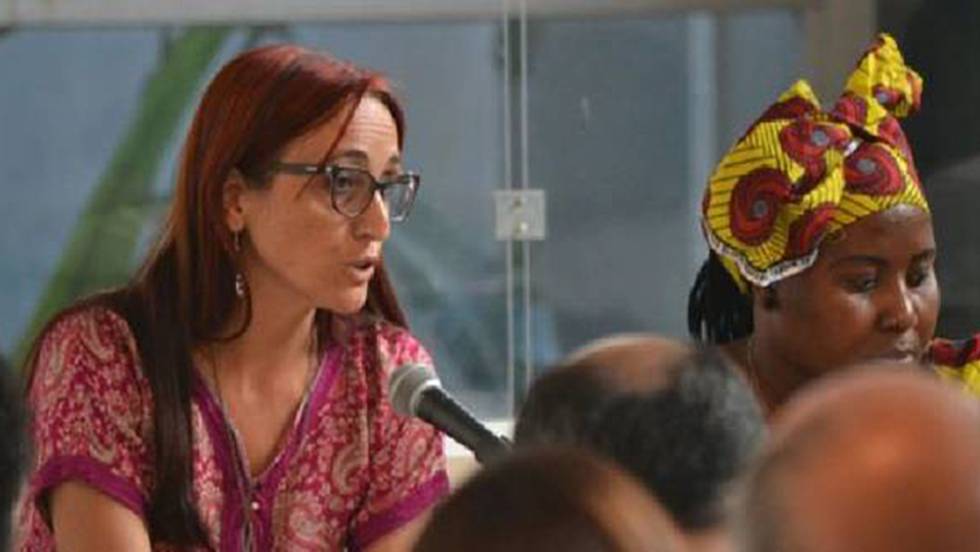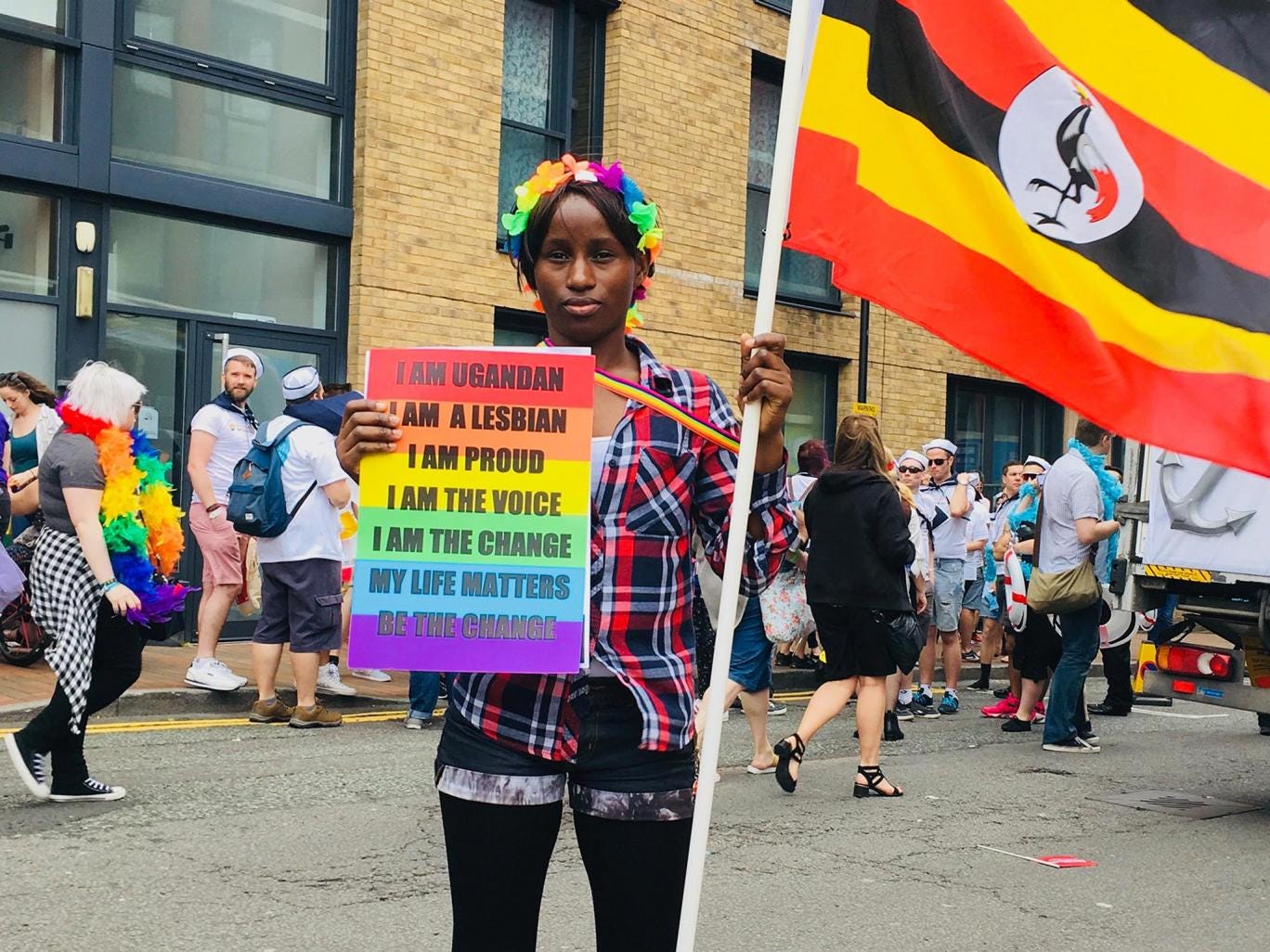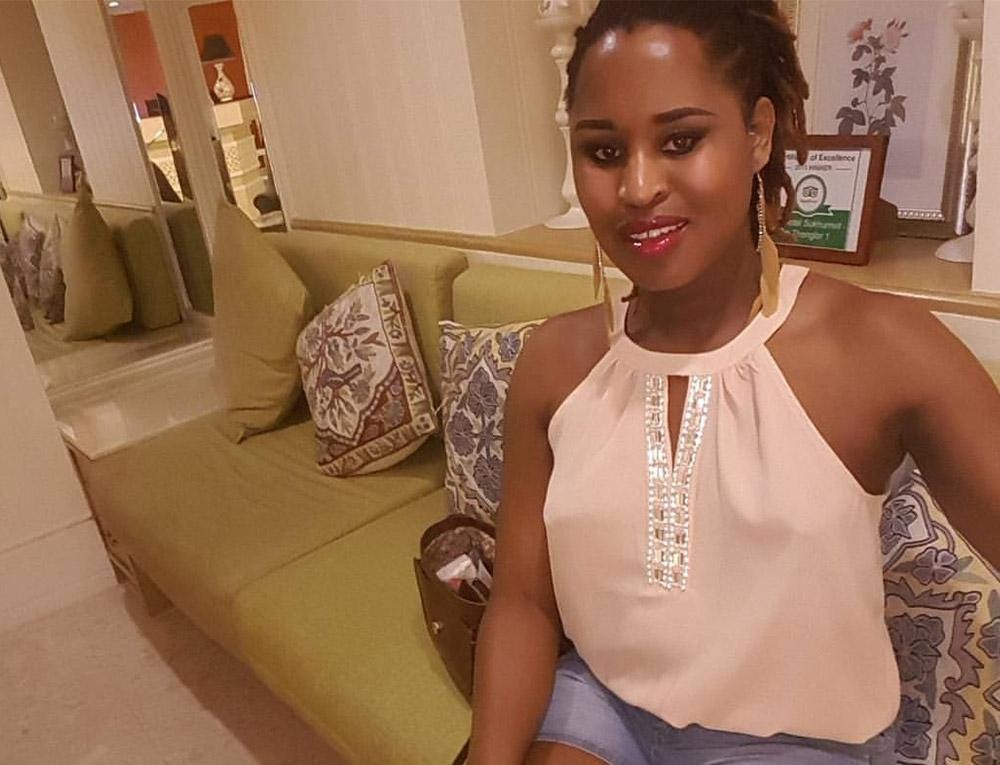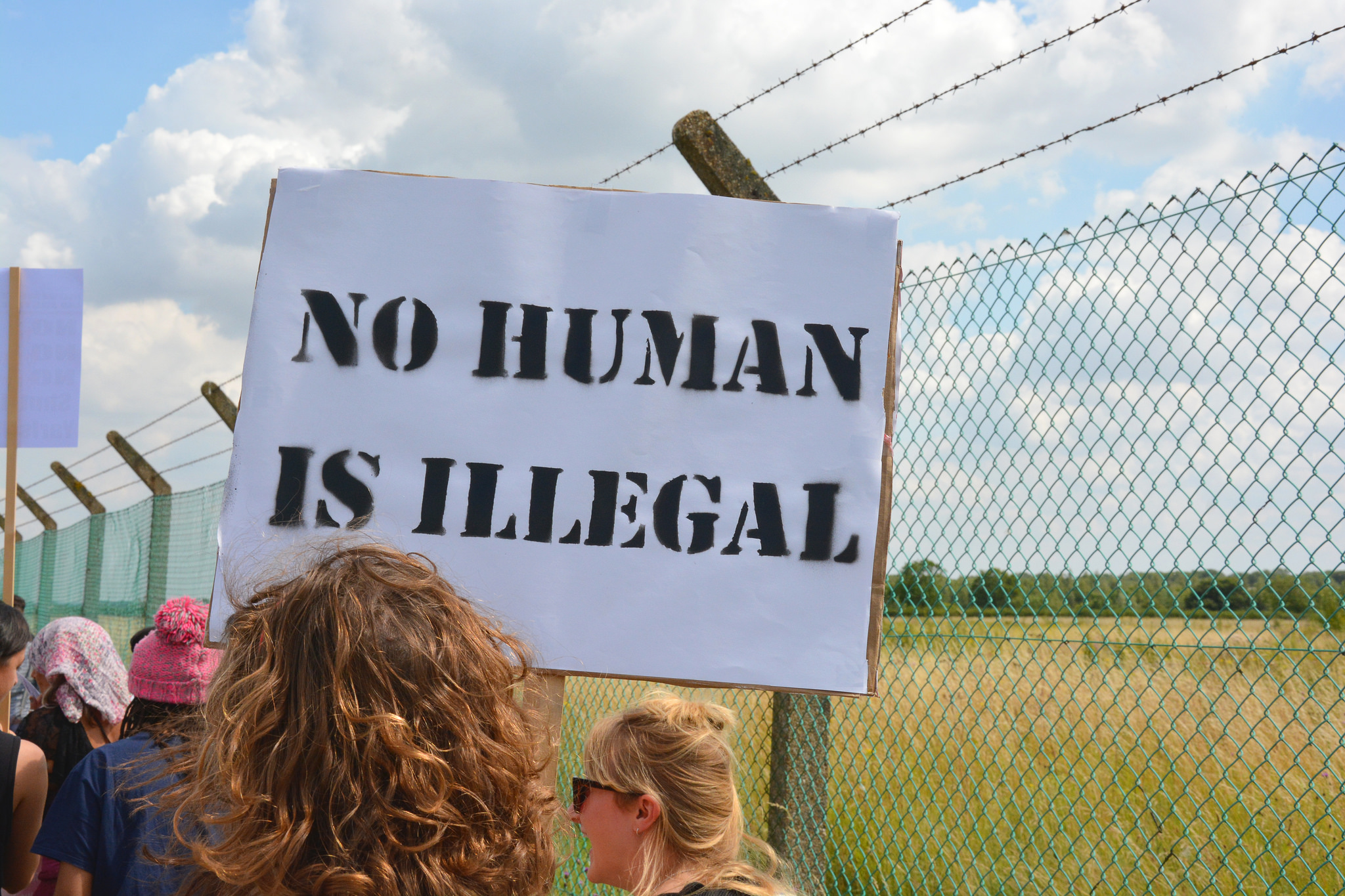
Israel persecutes a 16-year-old girl, Ahed Tamimi, at the same time that it persecutes African immigrants, telling the latter that their choice is a ticket “home” or jail. Both of these actions are justified by “security” and “sovereignty”. Ahed Tamimi has not attacked Israel nor have African migrants. If anyone ever needed evidence that Israel is an apartheid state, the conjuncture of the persecution of Ahed Tamimi, and her family, and of African migrants should do.
Ahed Tamimi’s “case” has been widely circulated. Faced with soldiers in her front yard, Ahed Tamimi, 16 years old, confronted the soldiers. She slapped a soldier. Less than an hour earlier, Ahed Tamimi’s 14-year-old cousin, Mohammad Tamimi, was shot in the face by Israeli soldiers. Maybe that matters. Maybe the devastation of an entire generation of girls and boys matters. Ahed Tamimi was arrested, has been indicted, and now faces the prospect of years in prison. Ahed Tamimi is sixteen years old. She slapped someone. She is a threat to national security and sovereignty. When a Jewish teenager slapped an Israeli soldier, what happened? Nothing.
Three years ago, thousands of mostly Eritrean and Sudanese women and children asylum seekers marched through the streets of Tel Aviv, protesting Israel’s new `immigration policies’ and new `open’ immigrant detention center, Holot. On Wednesday, January 3, Israel updated its “immigration policies”. Go home. Refugee? Whatever. Person? Not so much. Explanation: the Africans are “infiltrators.”
None of this new … to those who have studied or remember apartheid. Unarmed sixteen-year-old girls facing off fully armed soldiers are “terrorists”. African refugees are “infiltrators”, “borders” are everywhere and they must be “protected.” None of this is new.
Watch the videos, read the statements “justifying” the abuse of Ahed Tamimi, watch the videos, read the statements “justifying” the abuse of African migrants. “Migrants”. Anwar Suleiman Arbab is 38 years old. He left Darfur in 2003. He arrived in Israel in 2008. He applied for asylum and has not heard. He has a “temporary” visa. He has been in the country for nine years, but he’s still a “migrant”, worse an “infiltrator”. Why? Because he’s African. Watch the videos, read the statements concerning “sovereignty” and “security”. You’ll see the unblemished face of masculinity, yelling that its “it” must be protected.
Writing of the Israeli persecution of Ahed Tamimi, Uri Avnery concluded, “Occupation makes you stupid. In the end, this stupidity will bring us down.” Occupation does make a people and its nation-State stupid, as do racism, xenophobia, White Supremacy, misogyny and other forms of hatred. What’s going on in Israel right now is both the Occupation and something that precedes that occupation, the masculinist doctrine of protection of sovereignty. We see this in the United States, Australia, the United Kingdom, Austria, and beyond, the call to making it great again. There’s a name for the public policy of reclamation justifying violence and atrocity: apartheid.

Ahed Tamimi with her mother Nariman
(Photo Credit 1: Middle East Eye / AFP) (Photo Credit 2: Al Jazeera)
